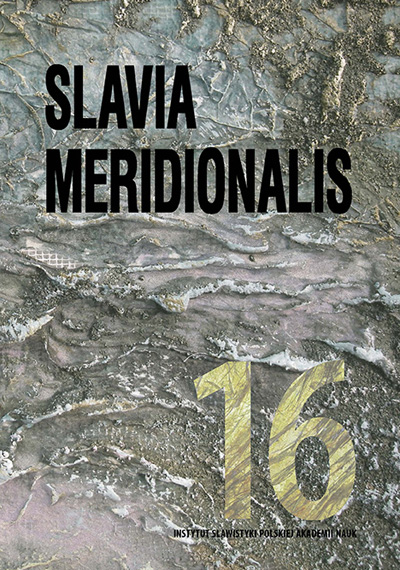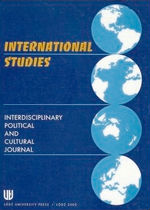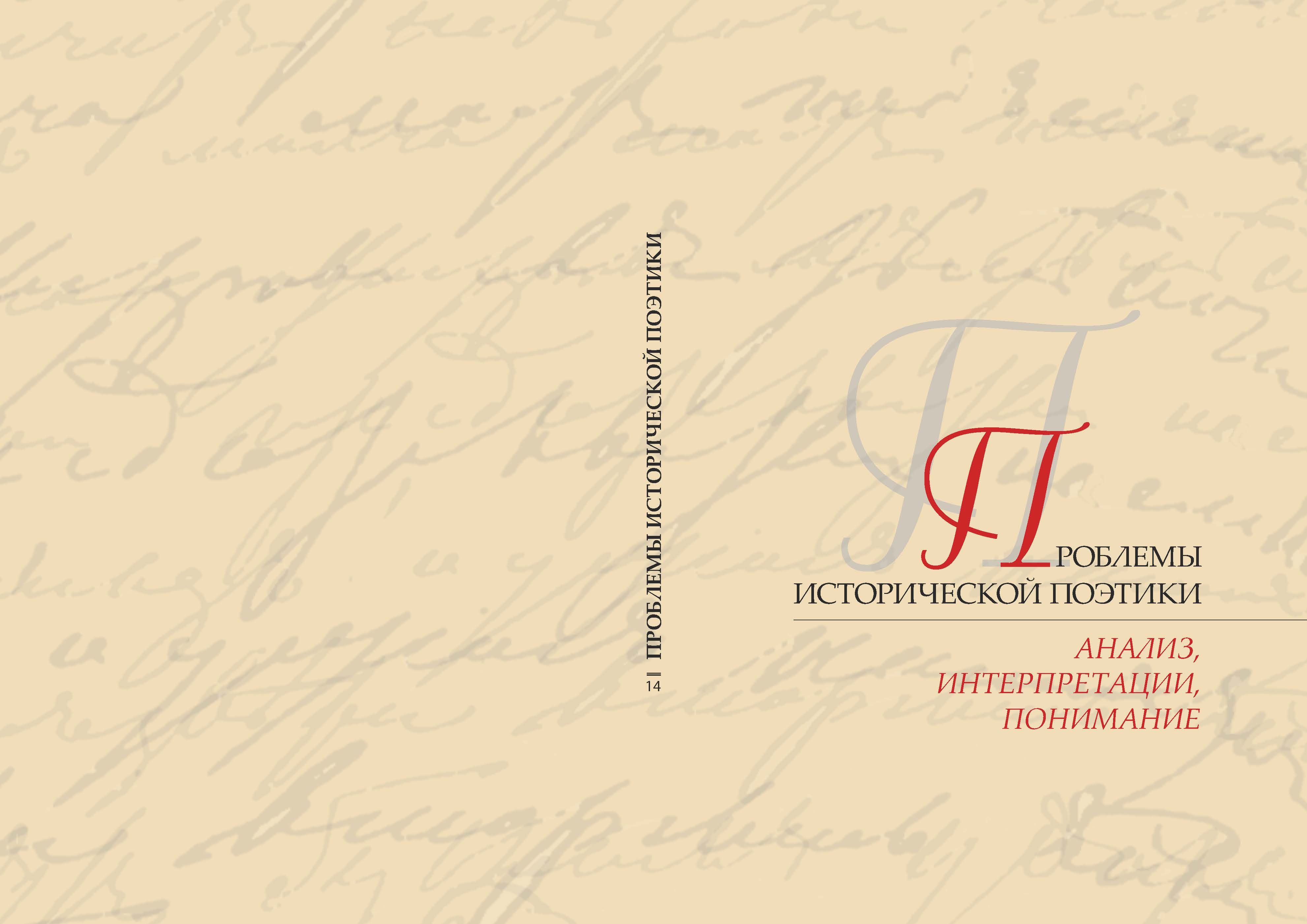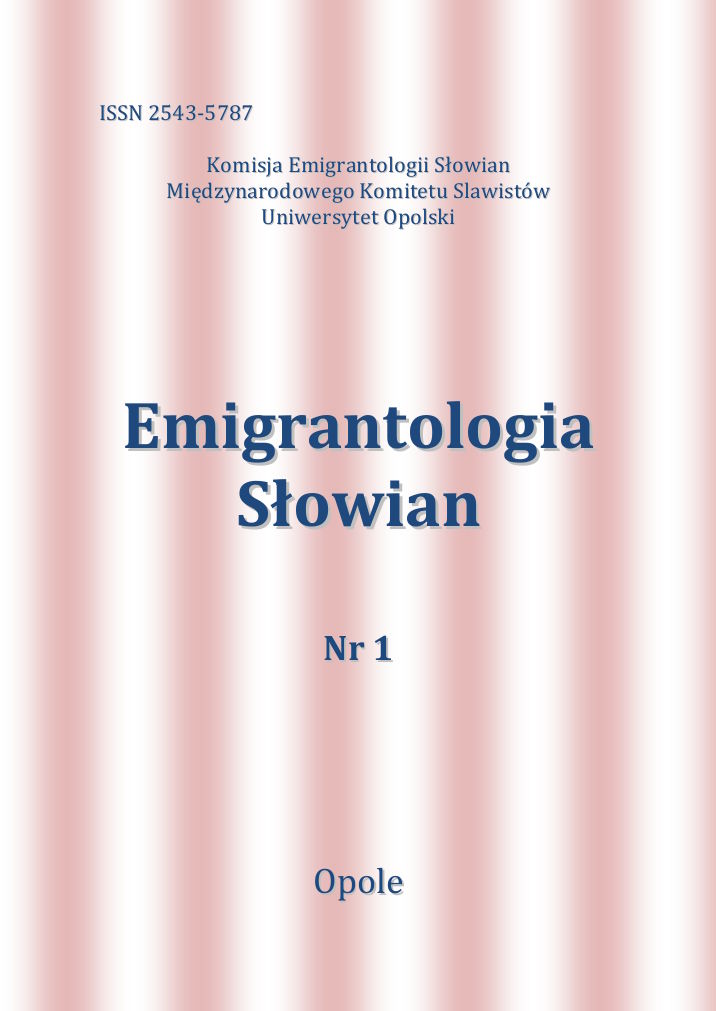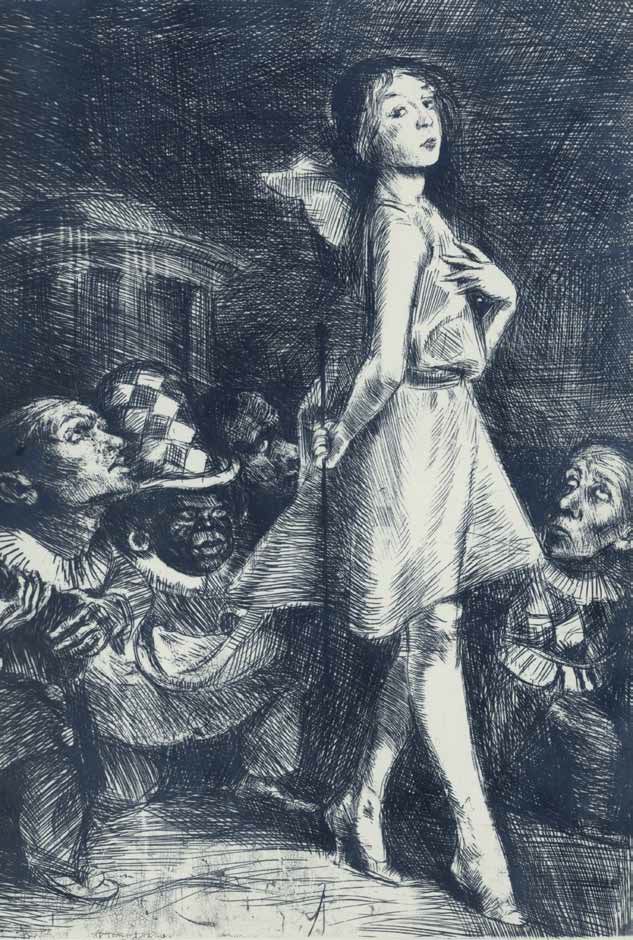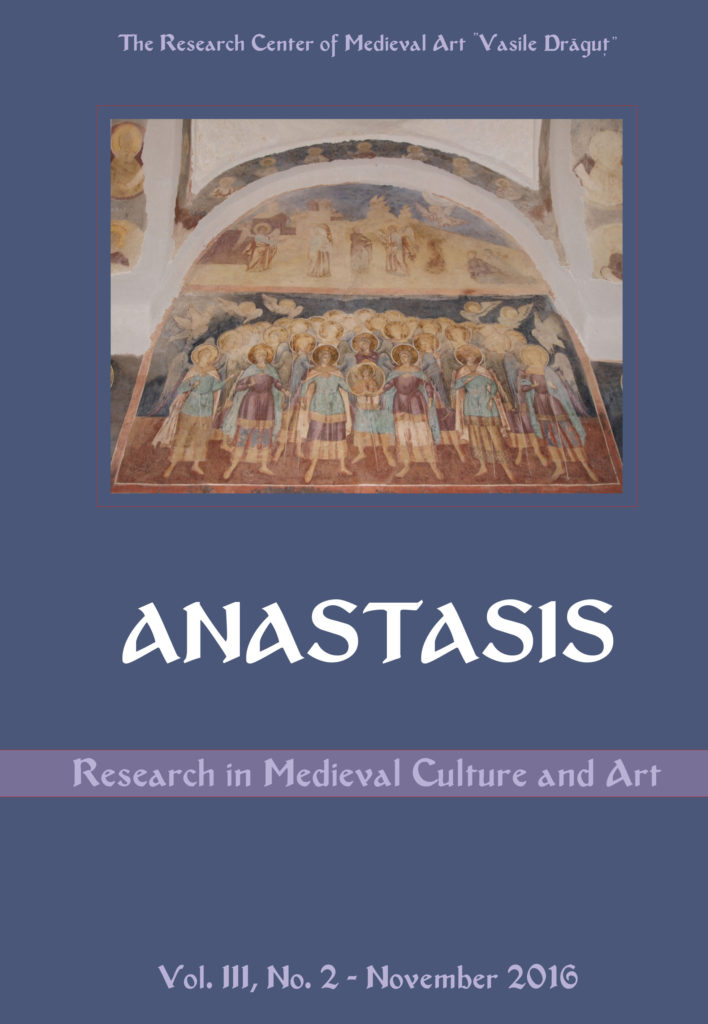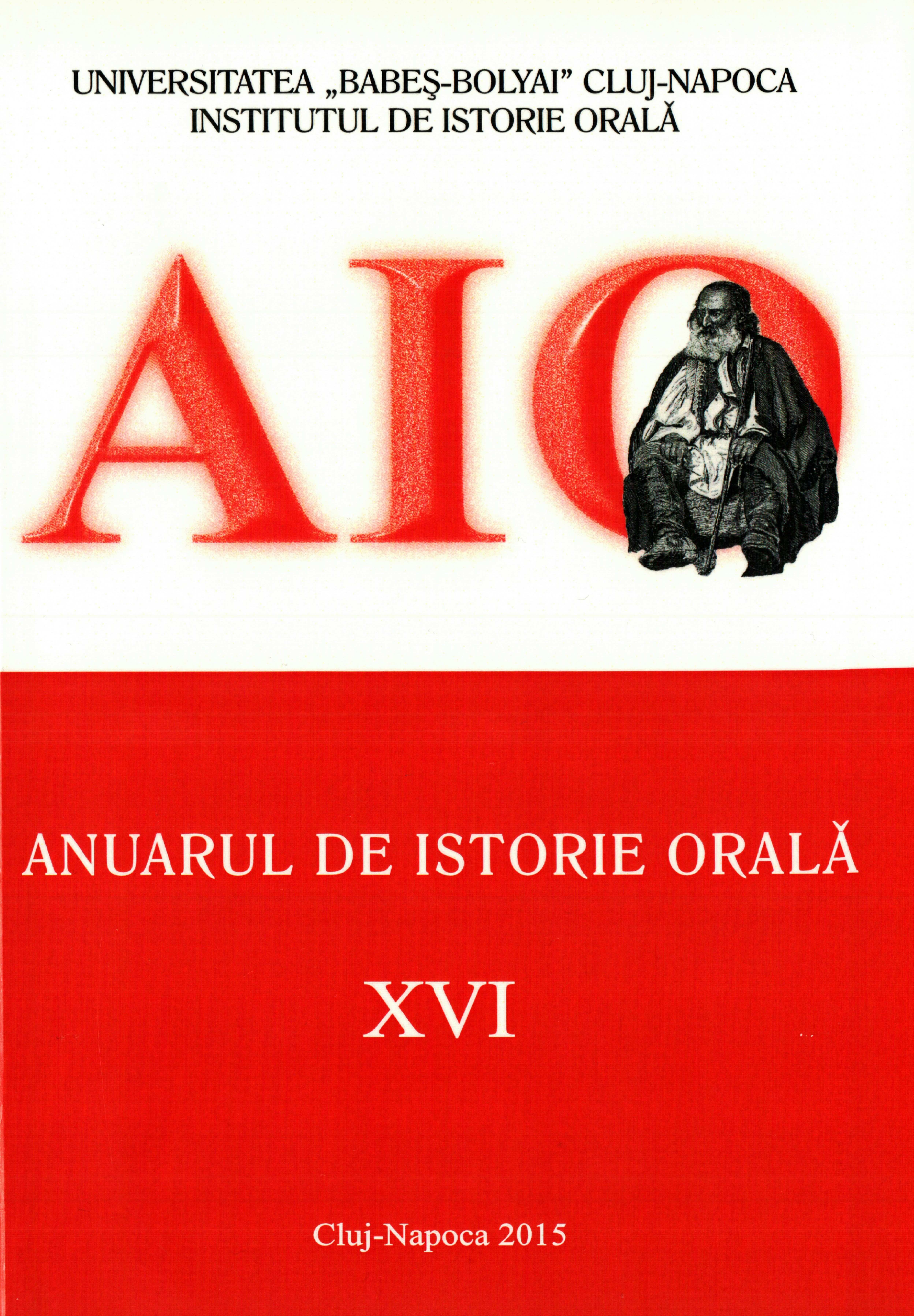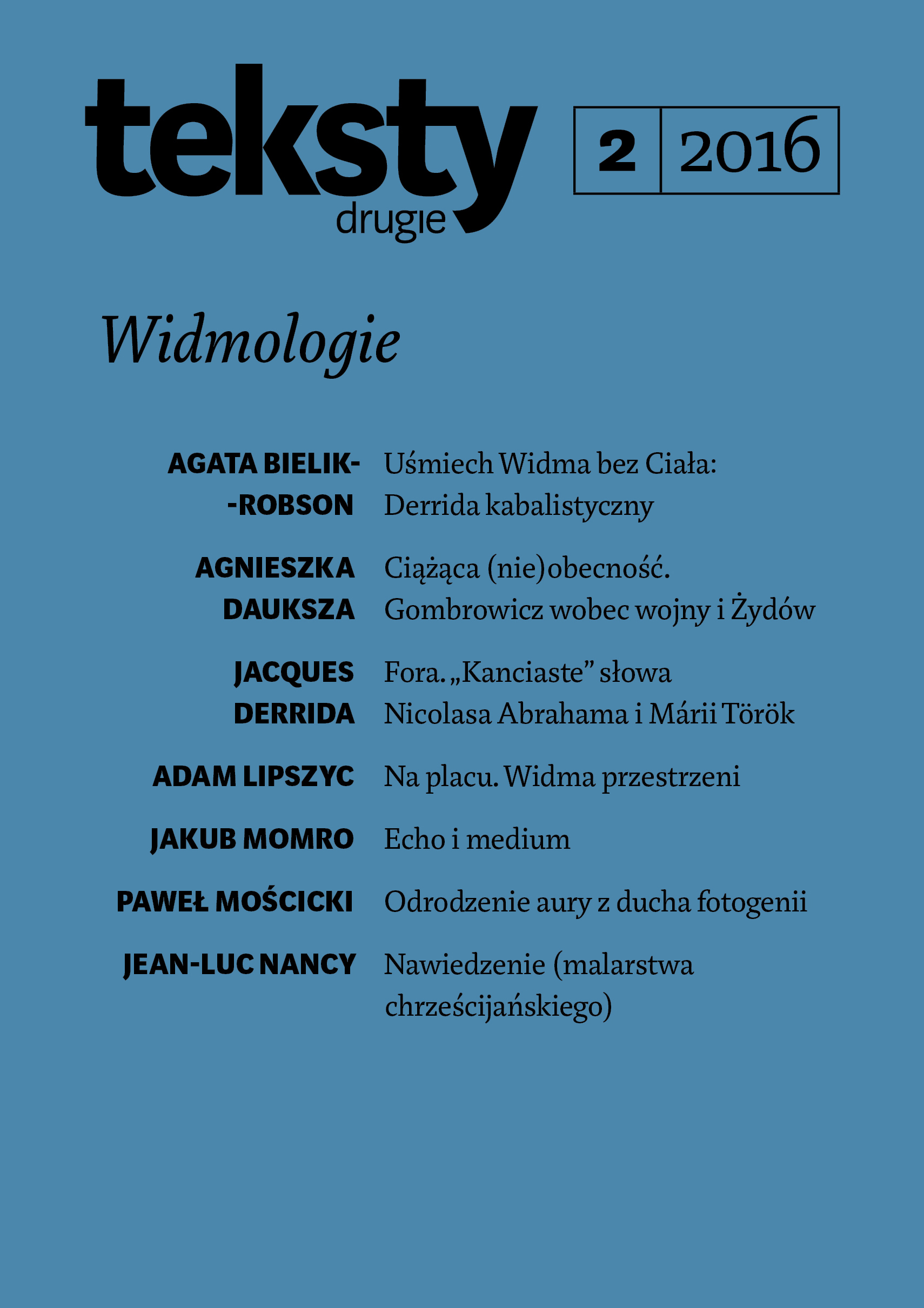
Rysa, dukt, odcisk (nie)obecności. O spektrologiach Zagłady
This article presents an attempt to analyse concepts from Jacques Derrida’s hauntology and to apply those concepts as interpretive tools. Ubertowska uses them in her readings of post-traumatic literature, in particular texts and images that concern the Holocaust. In the analytical part of the interpretation Ubertowska focuses on motifs of bones and fish-bones in Zygmunt Miłoszewski’s popular novel Grain of Truth, but also in Jonasz Stern’s paintings. The Cracow-based painter’s methods are described as a spectral ‘substitution above and beyond genre’.
More...
